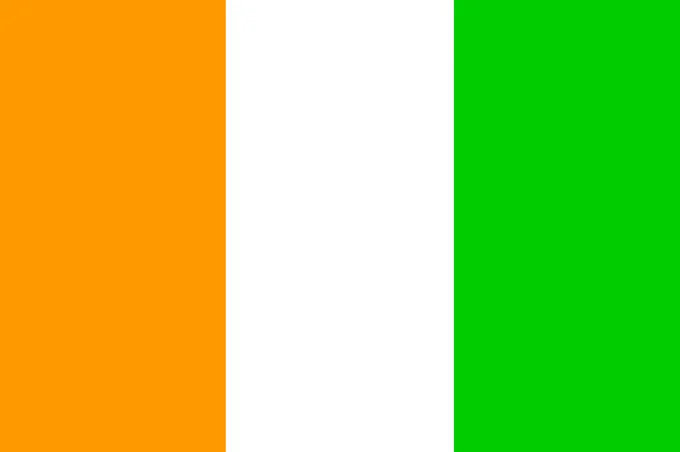Côte d’Ivoire becomes the richest country in West Africa

After overtaking Kenya, Côte d’Ivoire, a French-speaking country with a poor subsoil, has succeeded in overtaking its two neighbors abounding in natural resources, Ghana and Nigeria, to become the richest country in all of West Africa, according to the data from the World Bank.
According to statistics recently released by the World Bank, Côte d’Ivoire’s GDP per capita stood at $2,286 at the end of 2019, which is now higher than that of Ghana ($2,202) and Nigeria ($2,230). And this, contrary to what the data published in recent years by the organization suggested, before Côte d’Ivoire, in turn, benefited from an update of the basis for calculating its GDP, a level which, moreover, now greatly exceeds that of Kenya, which stands at 1,816 dollars.
This great performance is a real feat for Côte d’Ivoire, whose subsoil is poor in raw materials contrasts with those of Ghana and Nigeria. Indeed, Ghana has become the continent’s leading gold producer, with production more than four times higher than that of Côte d’Ivoire (142.4 tonnes in 2019, against only 32.5 tonnes, i.e. + 338 %).
In addition, the country is now part of the oil-producing countries of the continent, now ranking fourth in sub-Saharan Africa, ahead of Gabon (with a production of around 200,000 barrels per day, against less than 40,000 for the country of Houphouët-Boigny, that is to say, five times more). And this, in a field that continues to be primarily dominated by Nigeria, the continent’s leading producer of black gold, with an annual production which is, on average,
The significant growth of Côte d’Ivoire results from the very strong growth that the country has experienced for several years. Over the eight years from 2012 to 2019, a period long enough to be able to establish international comparisons (and outside micro-states, and more precisely, Nauru, an island country in the South Pacific with only 11,000 inhabitants and for the territory of only 21 km 2), Côte d’Ivoire has achieved the highest growth in the world in the category of countries with a GDP per capita greater than or equal to 1,000 dollars, with an annual growth of 8.2% on average (6.9% in 2019).
Even more impressive, it ranks second in all categories, very poor countries included, thus doing better than 30 of the 31 countries in the world, which had a GDP per capita of fewer than 1000 dollars at the start of 2012. Côte d’Ivoire was not then surpassed only by Ethiopia, which experienced annual growth of 9.2% on average (8.3% in 2018). This performance is mainly due to the very low level of development of this East African country, which was the second poorest country in the world at the start of 2012 and which remains one of the poorest with a GDP per capita of only 857 dollars, at the end of 2019 (almost 2.7 times less than Côte d’Ivoire). Over the same eight-year period, Ghana and Nigeria recorded annual growth of 5.7% and 2.9% on average, respectively.




